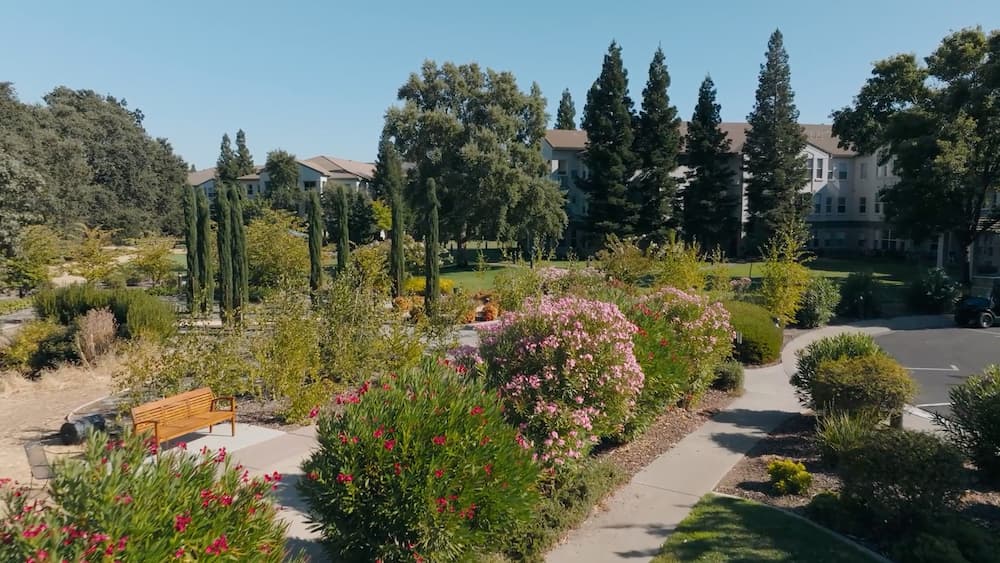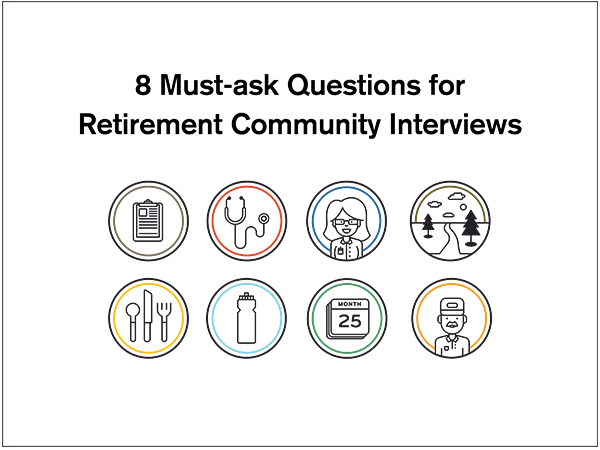From orange and black-winged monarch butterflies gracing our skies to fuzzy, chubby bees flitting from flower to flower, pint-sized pollinators play a big-time role in the survival of California’s native plants and crops. Without these unsung ecosystem heroes, orchards would be barren, landscapes would be devoid of color and our meals would lack the fresh produce needed for a healthy diet.
As spring blossoms, many golden-aged green thumbs are ready to reconnect with Mother Nature through gardening. But there’s a bonus to soaking up the sunshine and digging in the dirt. By creating pollinator-friendly habitats in your garden, patio or balcony, you’re nurturing plants and inviting beneficial critters. Added bonus: You don’t need sprawling spaces to create a pollinator paradise. It’s easy to welcome these winged wonders into your outside areas.
In this blog, we’ll share the buzz on turning outdoor spaces into a pollinator playground, including how to attract bees to your vegetable garden, types of pollinator-attracting plants and what helps attract pollinators.
Turn Your Garden Into a Pollinator Playground
For bats, birds, bees, butterflies and other pollen carriers to thrive, they need a diverse habitat with plenty of food sources, nesting spots and water access. Here are five ways to attract pollinators and host hangout spots for garden pollen parties.
- Go native: Choose vibrant blooms like lavender, coneflowers and salvia to attract butterflies and bees with their abundant nectar and pollen. To ensure a harmonious and thriving ecosystem in your garden, opt for native plants – those species of plants that have evolved and occur naturally in our area.
- Quench their thirst: Keep your garden visitors refreshed and energized by providing them with water sources. Set up shallow dishes filled with water and pebbles to create inviting sipping spots for butterflies. Alternatively, enhance your garden oasis with a fountain or birdbath for pollinators to stop by and hydrate. Change the water out frequently to prevent mosquitos.
- Build bug hotels: Pollinators and other beneficial insects rely on safe havens for egg-laying. Planting shrubs and trees offer essential shelter and nesting spots. Enhance your garden with features like bee houses or butterfly boxes. Leave patches of bare ground or incorporate natural elements like rocks and logs to provide additional shelter.
- Skip the spray: Protect pollinators by steering clear of harmful pesticides. These chemicals threaten butterflies, bees and other beneficial species essential for pollination. Embrace eco-friendly alternatives such as hand-picking pests or opting for insecticidal soap to keep your garden flourishing.
- Continue the pollinator party year-round: Keep your garden buzzing with life by selecting a diversity of plants that bloom at various times throughout the year. By offering a continuous feast of flowers, you provide pollinators with a steady and reliable food source and support the health of your garden ecosystem.
What Attracts Pollinators in California?
Several botanical gardens and arboretums in California focus on native plants and provide habitats for pollinators. The Tilden Regional Parks Botanic Garden, hosts native plants where bees, butterflies and birds flourish, while San Francisco Botanical Garden’s California Native Garden highlights unique flora. These botanical marvels showcase the beauty of our state while conserving native plant species and supporting pollinator populations.
Visitors can delve into diverse ecosystems at the University of California Botanical Garden at Berkeley, which offers educational programs on habitat restoration and native pollinators. You can also explore the coastal wonders of Mendocino Coast Botanical Gardens, where bees, butterflies and hummingbirds flock to coastal bluff scrub and riverbank areas. Even the Sonoma Botanical Garden, renowned for its Asian plants, boasts a California Garden teeming with native wildflowers and trees, fostering local pollinator populations and wildlife.
Nature-loving older adults interested in learning more about native plants and what attracts pollinators to flowers can also find valuable resources from organizations like the California Native Plant Society, which offers workshops and resources on how to attract pollinators. The University of California Cooperative Extension provides research-based gardening tips, including webinars on sustainable practices. Additionally, the Pollinator Partnership offers specific resources for California, such as regional conservation information and planting guides on how to attract pollinators to your garden.
Rolling Out the Pollinator Red Carpet in Paradise
Paradise Valley Estates is where nature and nurture intertwine. Residents are surrounded by a vibrant ecosystem and a variety of flora and fauna at every turn. They enjoy an active outdoor lifestyle among lush and natural landscapes and meticulously maintained gardens, including a tranquil Zen Garden and a fragrant rose garden.
Individual gardens, balconies and patios in our senior living residences offer opportunities to create outdoor havens for attracting pollinators and other visiting critters. Here, you can roll up your sleeves, grab your gardening gloves and welcome birds, bees and butterflies to your own slice of paradise.
Reach out today to schedule a visit and plant yourself at Paradise Valley Estates.




